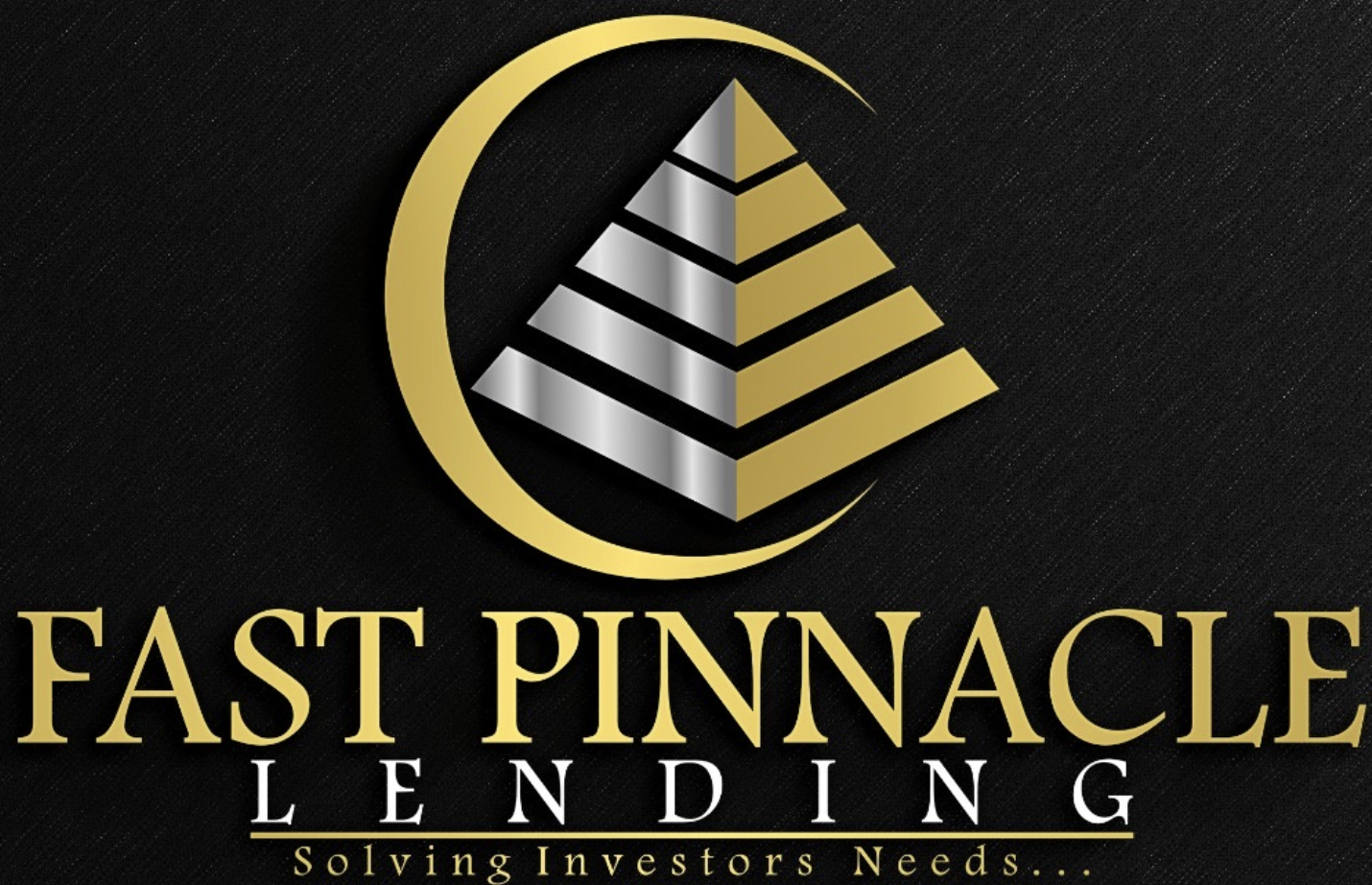The BRRRR method offers real estate investors an efficient way to maximize profits and build…
Fix and Flip Loan: Key to Maximizing Property Rehab

There’s an important factor to consider — not all rehabs are the same. Depending on the investment property and its location, a small renovation may suffice. In contrast, some projects require extensive work, additional investment property loans, and a longer timeline to turn a profit.
Understanding the differences between small and extensive rehabs makes it easier to find the right fix and flip loan that aligns with your objectives as a real estate investor.
Small Rehabs for Real Estate Investors
A small rehab typically focuses on minor repairs and upgrades aimed at enhancing a property’s aesthetics and functionality, attracting buyers or renters quickly. These projects tend to involve less time and financial investment than larger, more complex renovations, making them an ideal fit for investment property financing.
Small rehabs often include cosmetic updates, minor repairs, and surface-level renovations that can significantly increase a property’s value while maintaining low overhead costs.
What Does a Small Rehab Include?
Common updates in a small rehab include:
- Cosmetic updates: Replacing fixtures, upgrading lighting, and refreshing landscaping.
- Kitchen and bathroom renovations: Upgrading countertops, cabinets, and appliances.
- Curb appeal improvements: Enhancing the property’s exterior to attract buyers.
- Minor repairs: Fixing issues like plumbing leaks or outdated electrical systems.
- Surface-level renovations: Refinishing floors, replacing carpets, or adding fresh paint.
Ideal property types for small rehabs include single-family homes, townhomes, duplexes, and condos, where quick cosmetic fixes can significantly impact their market value.
Extensive Rehabs: The Next Step for Real Estate Investors
Unlike small rehabs, extensive rehabs involve significant structural modifications and more comprehensive upgrades. These projects require fix and flip financing to handle the costs of the more in-depth renovations needed to bring distressed or outdated properties back to life.
Extensive rehabs typically include structural changes, such as removing walls, upgrading major systems, and making both interior and exterior renovations.
Key Features of an Extensive Rehab
Common tasks involved in an extensive rehab:
- Structural modifications: Changing the floor plan or expanding square footage.
- System upgrades: Replacing plumbing, electrical, and HVAC systems.
- Comprehensive interior and exterior renovations: Replacing windows, doors, insulation, and even roofing.
- Permits and inspections: Ensuring that all work complies with local codes and regulations.
- Longer timelines and higher costs: Extensive rehabs often require more time and investment property loans to complete.
For severely distressed properties, extensive rehabs are necessary. Careful planning and budgeting, along with the right fix and flip loan, can make even the most challenging projects profitable.
Financing Rehab Costs with a Fix and Flip Loan
A fix and flip loan is a popular financing solution for real estate investors. These short-term loans cover both the acquisition and rehab costs of an investment property, allowing investors to preserve their own capital while funding the project.
How Does a Fix and Flip Loan Work?
- Loan Application: Investors apply for a fix and flip loan from a hard money lender, detailing the planned renovations and property’s after-repair value (ARV).
- Property Valuation: Lenders assess the ARV to determine the loan amount, which is typically a percentage of the estimated value after rehab.
- Loan Terms: These loans often have higher interest rates but offer flexible terms suited to short-term investments.
- Funding: Once approved, the loan covers acquisition and rehab costs, including materials, contractor fees, and permits.
By leveraging real estate investment financing, investors can quickly rehab properties without depleting their cash reserves. It’s essential to review the terms carefully to maximize the return on investment.
Conclusion
Rehabbing properties, whether through small or extensive projects, is a great way for real estate investors to unlock profit potential. While small rehabs focus on aesthetic upgrades, extensive rehabs require significant structural changes and careful planning. By securing the right fix and flip loan, you can confidently navigate any rehab and maximize your return on investment.




